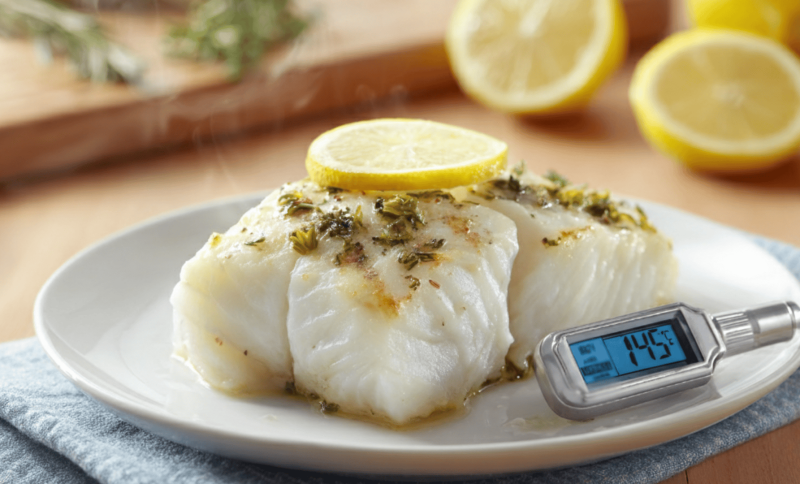Undercooked fish sends thousands of people to the hospital each year with foodborne illness. One simple tool prevents this: a thermometer.
Fish must reach 145°F internally to kill harmful bacteria and parasites like Vibrio and anisakis. Yet many home cooks guess at doneness, risking their family’s health.
Find out exactly how to check fish temperature, which numbers matter for different species, and how to use a thermometer correctly.
You’ll learn the official safety standards, understand why visual cues alone aren’t reliable, and understand proper storage times.
Master these techniques, and you’ll cook perfectly safe fish every single time.
Why Temperature Matters: Foodborne Illness 101
Vibrio bacteria live naturally in coastal waters. When you eat raw or undercooked shellfish, these bacteria can cause severe diarrhea, vomiting, and abdominal cramps.
Parasites present another danger. Anisakis worms live in many fish species, particularly salmon, cod, and mackerel.
These parasites die when fish reaches proper cooking temperatures, but they survive in raw or undercooked fish. Once ingested, they can cause intense stomach pain and nausea.
Salmonella and other bacteria also contaminate seafood through improper handling. Heat kills these pathogens, but only if the fish reaches the right temperature throughout.
Certain groups face higher risks from foodborne illness. Pregnant women, young children under five, adults over 65, and anyone with a compromised immune system should always eat fully cooked seafood.
Proper cooking temperatures aren’t suggestions. They’re your defense against preventable illness. A thermometer takes the guesswork out of food safety.
What Should Fish Be Cooked To: Safe Temperatures
Different fish require different approaches, but one number matters most for safety. Here’s what you need to know for each type.
1. Fin Fish (General)
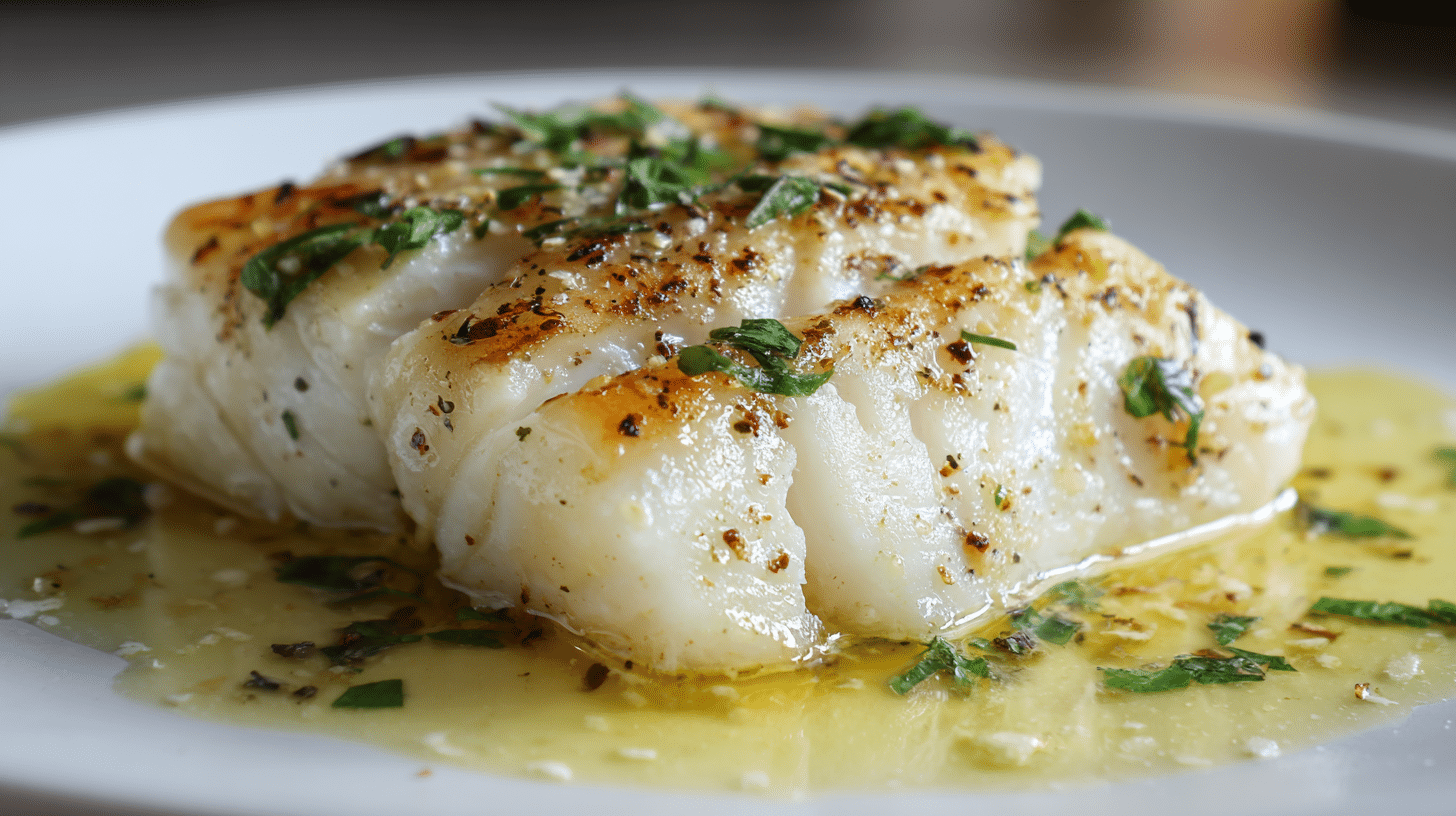
Required temperature: 145°F
Cook all fin fish to 145°F measured at the thickest part. Let it rest briefly; the temperature will continue rising slightly from carryover heat.
When done, the flesh turns opaque and flakes easily with a fork. Don’t rely on color alone; always verify with a thermometer for safety.
2. Salmon
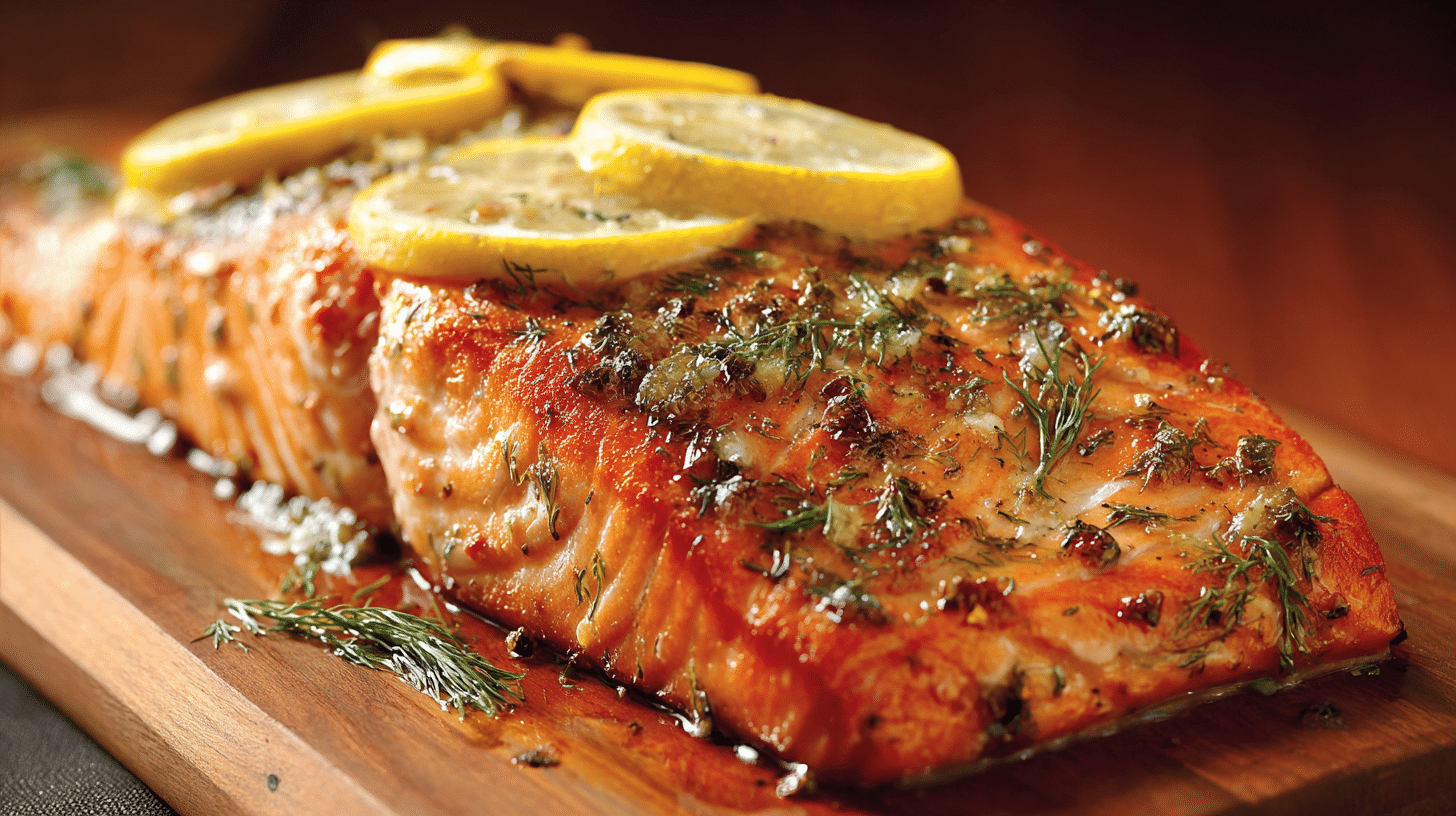
Required temperature: 145°F (official safety standard)
The official safety standard is 145°F. However, many chefs cook salmon to lower temperatures for texture: rare around 110°F, medium-rare at 120°F, medium at 130°F.
These culinary preferences trade safety for softer, moister fish. If you choose lower temperatures, understand the risk.
Use high-quality, previously frozen salmon, and serve immediately. The 145°F standard remains your safest choice.
3. Tuna (Steaks)
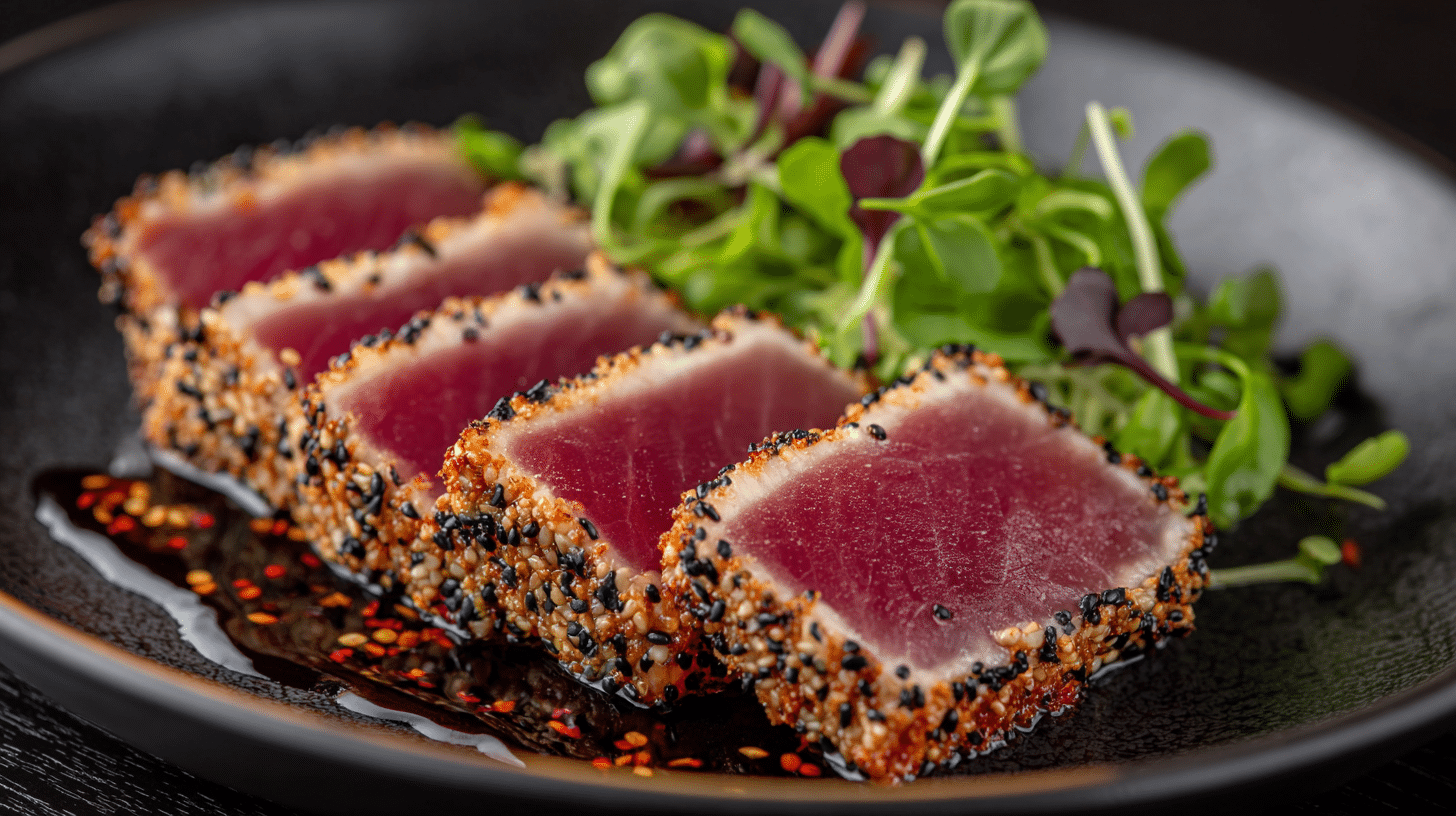
Required temperature: 145°F (official safety standard)
Food safety guidelines recommend 145°F as the preferred temperature for tuna. Many people sear tuna rare to medium-rare (110°F to 125°F), leaving the center cool and red.
This style carries parasite risks. If you prefer rare tuna, buy sushi-grade fish that’s been commercially frozen to kill parasites. Home freezers don’t reach temperatures cold enough for parasite control.
4. Halibut, Cod, Haddock (Lean, Firm White Fish)
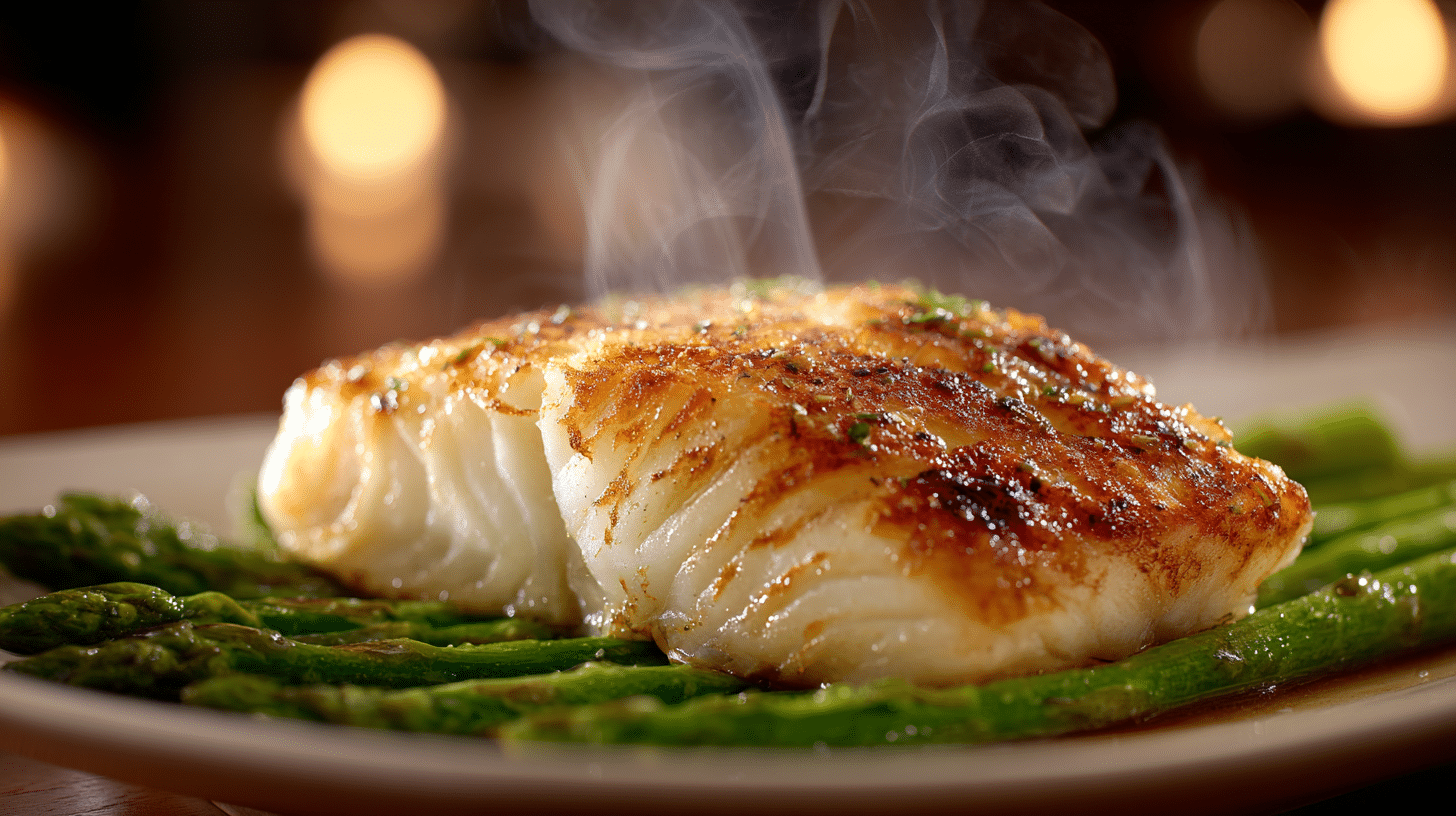
Required temperature: 145°F
Target 145°F as your preferred final temperature, but removing these fish from the heat at 140°F is okay. Lean white fish dries out quickly when overcooked.
Carryover heat will bring them to the safe temperature while you plate. This technique keeps them moist and flaky instead of rubbery.
5. Shellfish
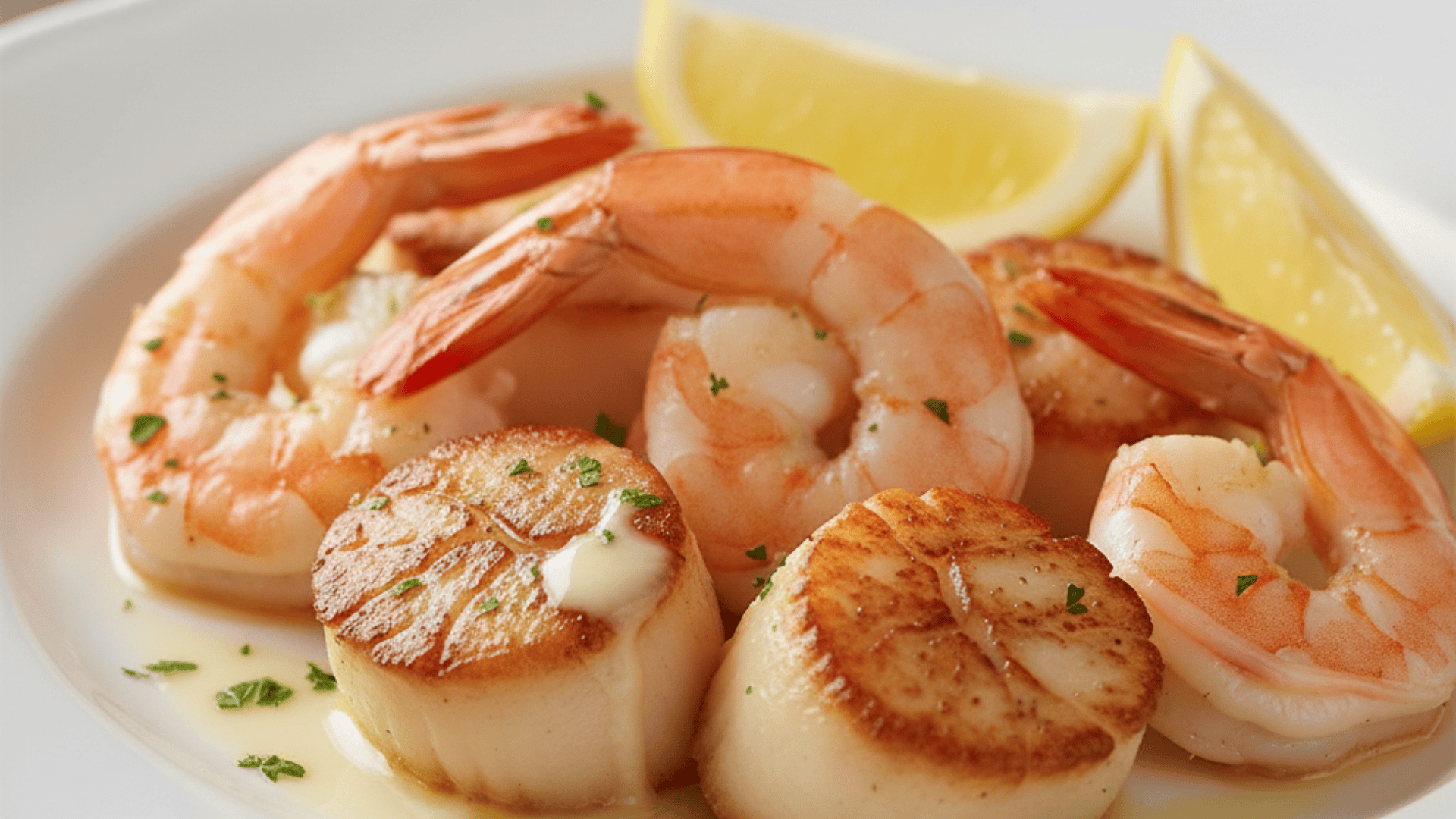
Shrimp, lobster, crab, scallops: Cook until the flesh turns pearly white and opaque with firm texture. Thermometers don’t work well on small shellfish, so use visual cues.
Clams, mussels, oysters: Cook until shells open completely. Discard any that remain closed after cooking; they’re dead and potentially dangerous.
For live oysters, boil an additional three to five minutes after shells open.
| Shellfish | Internal Temperature |
|---|---|
| Lobster | 140°F (60°C) |
| Scallops | 130°F (54°C) |
| Shrimp | 135–140°F (57–60°C) |
No Thermometer? How to Check Doneness
Visual and texture cues help when you don’t have a thermometer. They’re less reliable than actual temperature, but better than pure guessing.
- The flake test: Insert a fork at a 45-degree angle into the thickest part and gently twist. Properly cooked fish separates into flakes easily and looks opaque throughout. Undercooked fish resists flaking and looks shiny in the middle. Overcooked fish falls apart before you test it.
- Shrimp and scallops: Turn from translucent gray to opaque white or pink with firm texture. Cooked shrimp holds its C-shape and bounces back when pressed.
- Bivalves: Clams, mussels, and oysters open when cooked through. Discard any that stay closed.
- White fish: Turns from translucent to solid white throughout. You’ll see white albumin (protein) beading on the surface.
- Salmon: Lightens in color and firms up with visible albumin on the surface.
Important: These cues help, but a thermometer remains most reliable. Color and texture vary by species and cooking method. A $15 thermometer removes all doubt.
Using a Thermometer for Fish (Step-by-Step)
The right thermometer and proper technique make all the difference. Here’s how to get accurate readings every time.
Choosing the Right Thermometer
Buy an instant-read digital thermometer with a thin probe tip. Thick probes tear delicate fish apart and give slow readings.
Digital models respond in 2 to 3 seconds, while analog thermometers take 15 to 20 seconds and damage more flesh.
For oven or smoker cooking, leave-in probe thermometers monitor temperature without opening the door. The cable runs outside while the probe stays inside the fish.
You’ll see the exact temperature on a display unit.
How to Use It Correctly
Follow these steps for accurate temperature readings every time.
- Insert into the thickest part: Place the probe in the center of the fillet or steak. Avoid touching the bone or the pan, as both give false readings that are either too low or too high.
- Go sideways on thin fillets: For fillets under one inch thick, slide the probe horizontally into the center. This keeps the tip inside the flesh instead of poking through to the other side.
- Take multiple readings: Check several spots across the piece, especially where thickness varies. Thick ends cook slower than thin ends.
- Remove before target temp: Pull fish from heat at 140°F to 142°F. Carryover cooking will add 3 to 5 degrees, bringing it safely to 145°F while you plate.
- Check large pieces twice: Test temperature in at least two different spots on big fillets or steaks. Uneven thickness means uneven cooking.
Safety, Storage, and Special Cases
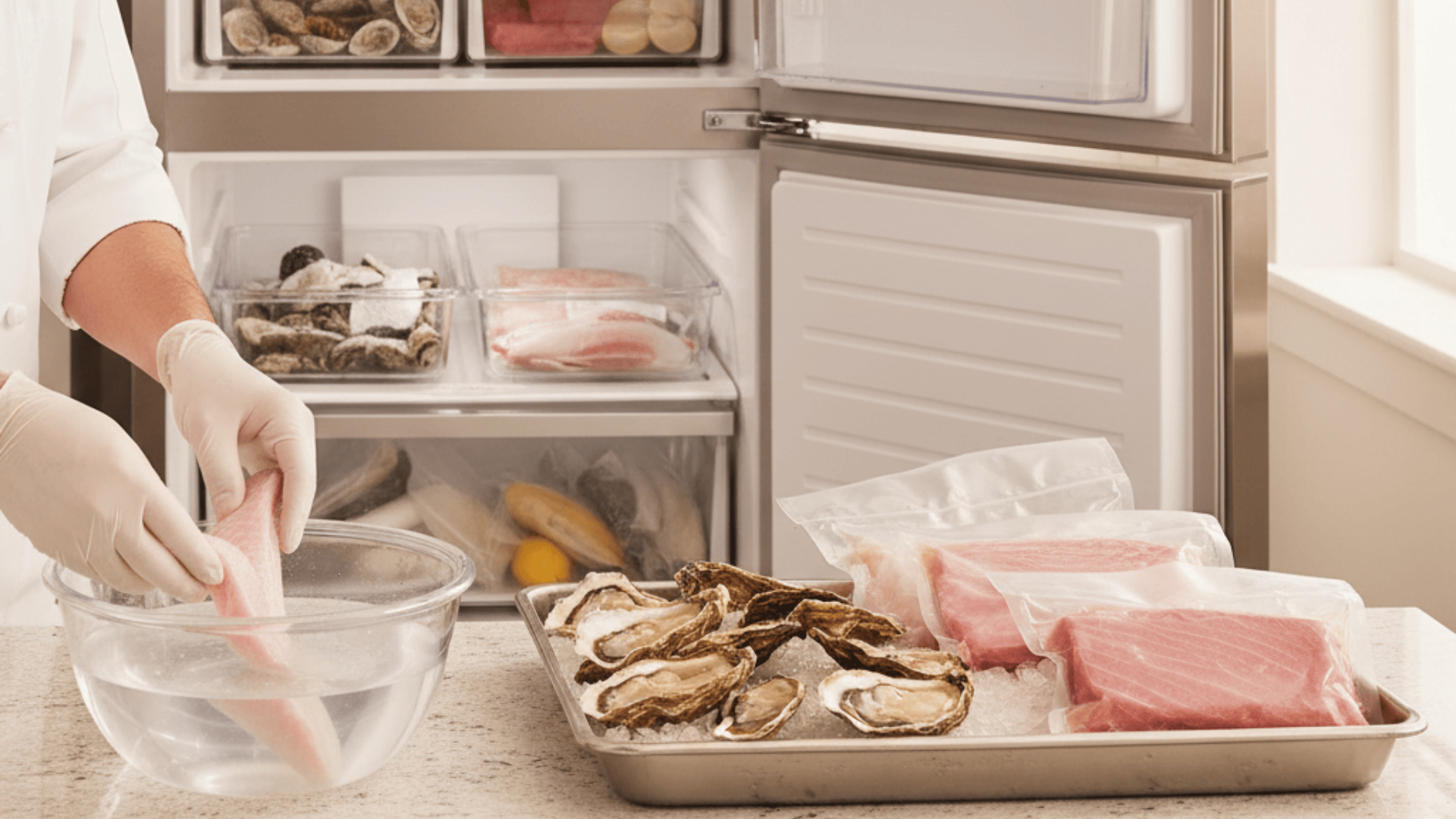
Proper handling and storage prevent contamination before and after cooking. Know these critical rules.
1. Raw and Undercooked Shellfish Risk
Raw oysters, clams, and mussels contain Vibrio vulnificus bacteria that cause severe illness. Healthy people get diarrhea and vomiting.
People with liver disease, diabetes, or weakened immune systems can die from infections. Cooking to 145°F kills the bacteria completely.
2. Sushi and Ceviche at Home
Raw fish dishes require commercial deep-freezing at negative 4°F for seven days or negative 31°F for 15 hours to kill parasites.
Home freezers don’t reach these temperatures. Buy only fish labeled “sushi-grade” or “sashimi-grade” from reputable sellers. Citrus marinade in ceviche does not kill parasites or bacteria.
3. Refrigerator Storage Times
Raw fish and shellfish last 1 to 2 days maximum at 40°F or below in the coldest part of your fridge.
Cooked seafood keeps 3 to 4 days at 40°F in airtight containers. Store everything on the bottom shelf to prevent drips onto other foods.
4. Freezer Storage Guidelines
Frozen seafood stays safe indefinitely at 0°F, but quality drops after 3 to 6 months.
Wrap tightly in freezer paper or heavy-duty plastic to prevent freezer burn. Label packages with the date so you use the oldest items first.
5. Safe Thawing Methods
Never thaw fish on the counter where bacteria multiply rapidly. Thaw in the refrigerator for 12 to 24 hours (preferred method).
For faster thawing, seal the fish in plastic and submerge it in cold water, changing the water every 30 minutes. Microwave defrosting works, but cook immediately after.
6. Refreezing Rules
You can refreeze raw or cooked fish if it was thawed in the refrigerator and stayed at 40°F or below, though quality suffers.
Never refreeze fish that sat at room temperature for more than 2 hours. If you thawed fish in cold water or the microwave, cook it first before refreezing.
Conclusion
Cooking fish to 145°F protects you and your family from serious foodborne illness. A simple instant-read thermometer removes all guesswork and ensures safety every time.
Insert the probe into the thickest part, check multiple spots, and remove the fish just before it reaches the target temperature.
Visual cues like flaking and opacity help without a thermometer, but they’re not foolproof.
Store raw fish only 1 to 2 days in the fridge. Thaw safely in the refrigerator, never on the counter. Handle shellfish with extra care.
What’s your go-to method for checking fish doneness? Share your tips and questions in the comments below.








